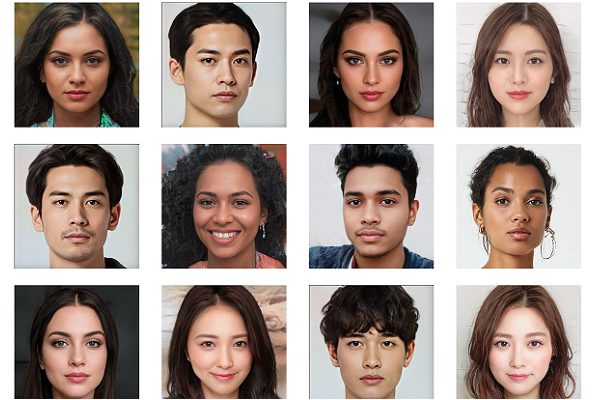Is It Real Or Is It Elena
Elena (see below) was designed by Sber Devices (pvt), a subsidiary of the Russian State-owned Sberbank (SBER.MCX) , who created the avatar using its Visper development platform that allows users to create virtual avatars from the simple to the life-like Elena. Nikkei Innovation Labs (pvt), the R&D arm of Japanese media giant Nikkei (pvt), owner of Nikkei Asia and the Financial Times, also has such a platform that allows users to pick from a variety of ‘individuals’ that can be programmed to do or say whatever producers enter as copy, while mimicking the movements and lip-syncing of actual newscasters. But it doesn’t stop there, as Nestle’s (NESN.SW) “Ruth, the Cookie Coach” (named after Ruth Wakefield, said to be the investor of the chocolate chip cookie) can guide you through baking the perfect chocolate chip cookie, responding to questions and adjusting movements when cooks want on-line help with baking questions.
Adding to the fray of companies involved in designing virtual personalities and avatars for on-line and off-line media is Chinese giant Baidu (BIDU), who recently released its own digital avatar platform Xiling, which can provide a variety of services covering virtual hosts, virtual idol, and brand spokesperson for almost any type of media. There are many simplistic avatar platforms with names like “The Character Creator”, “MojiPop”, “Zmoji”, or “Boo”, most of which can create an avatar from a menu or a photograph, but the heavy lifting takes a combination of expertise in AI, voice recognition, 3D modeling, and a host of other software skills in order to make a successful ‘human clone’, which seems to be the objective of Baidu and others.
While questions arise over the use of virtual humans in the media needs to be considered using ethical guidelines, the Metaverse is likely to have no such necessity, as the internet has already taught us that fact checking and truthfulness are secondary to generating eyeballs, so we expect the race to create the ‘perfect virtual human’ to increase as the Metaverse removes most ethical shackles. We expect to see more such virtual avatar generation development over the next year or two as the Metaverse tries to wriggle out of its chrysalis and into the real (?) world, but again we have been here before (3D) and the limitations of AR/VR must be watched carefully as technology that is not appealing to the general population tends to burn brightly, as it is now, and burn out quickly if it is not easily accessible. Much of what we see now as the Metaverse is relatively simple and should be considered as black and white TV when compared to color TV that would represent the potential for such technology down the road, but getting there will take lots of money and lots of technology improvements, and above all time, so while we might become used to a virtual Wolf Blitzer on CNN, the Metaverse will still be under development for a while.


 RSS Feed
RSS Feed